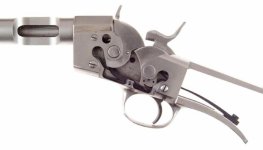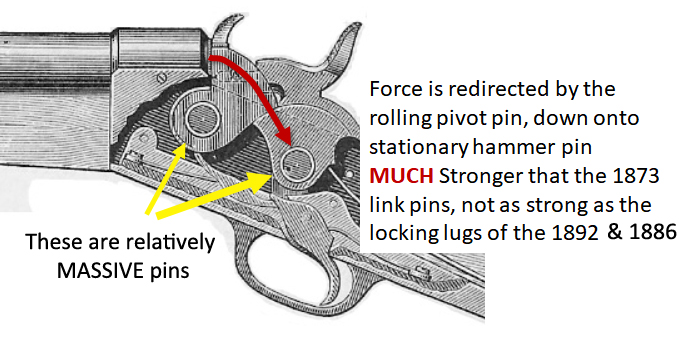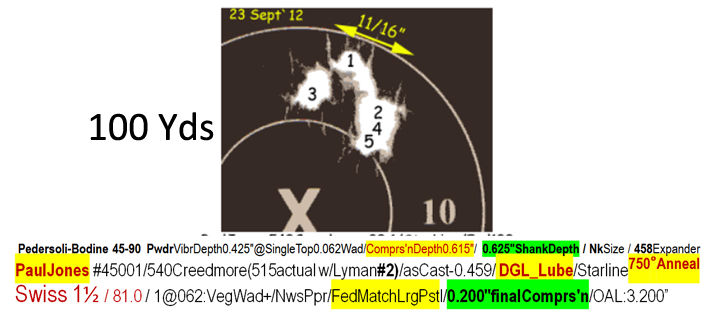I have a carbine from the Egyptian contract. The rifle appears in great shape. I have shot it a coupla times successfully.
But I noticed a feature on this rifle that is a bit troubling.
It is entirely possible that this behavior has been present in the rifle from the beginning. It is entirely possible that nothing is wrong with the rifle. I just need a RRB smart guy to tell me so.
At full cock, the rolling block can be opened easily for loading.
But
Once the cartridge is placed in the breach and the breach block is closed, the breach block ought to lock in place. But it doesn't. I go to full cock. Load the cartridge. Close the breach. but then I can still open the breach.
This means that the only thing holding the breach closed upon discharge is the hammer. I must admit that it is nice and tight. The hammer is substantial. No way it is coming open. It just seems as though the breach block should snap in place when the rifle is in battery.
I have had the rifle apart and can find nothing wrong with internals.
From this description, does it appear that the rifle is working properly?
But I noticed a feature on this rifle that is a bit troubling.
It is entirely possible that this behavior has been present in the rifle from the beginning. It is entirely possible that nothing is wrong with the rifle. I just need a RRB smart guy to tell me so.
At full cock, the rolling block can be opened easily for loading.
But
Once the cartridge is placed in the breach and the breach block is closed, the breach block ought to lock in place. But it doesn't. I go to full cock. Load the cartridge. Close the breach. but then I can still open the breach.
This means that the only thing holding the breach closed upon discharge is the hammer. I must admit that it is nice and tight. The hammer is substantial. No way it is coming open. It just seems as though the breach block should snap in place when the rifle is in battery.
I have had the rifle apart and can find nothing wrong with internals.
From this description, does it appear that the rifle is working properly?



